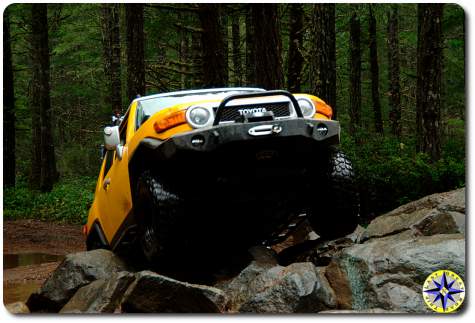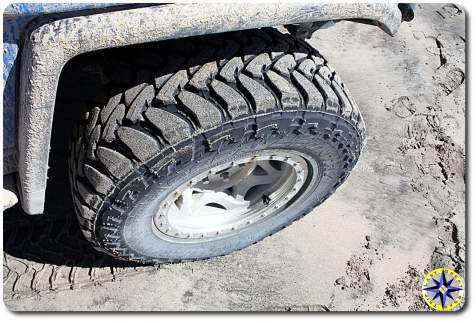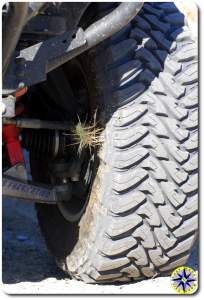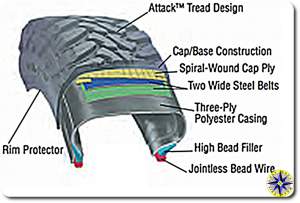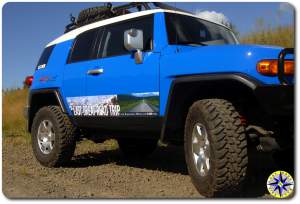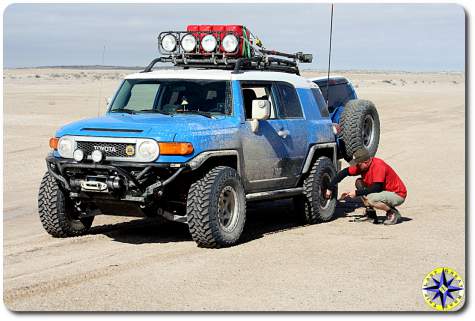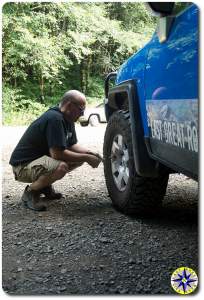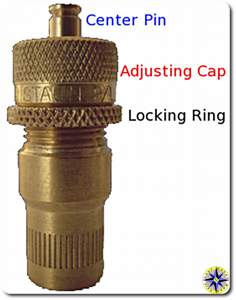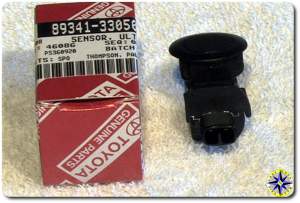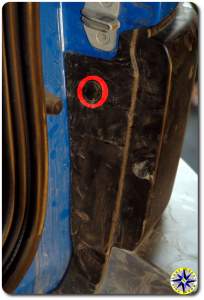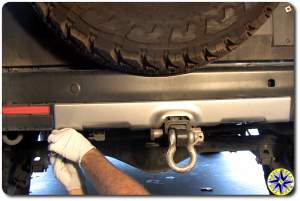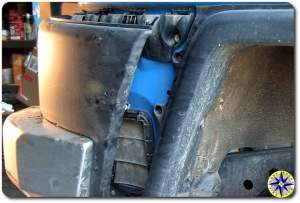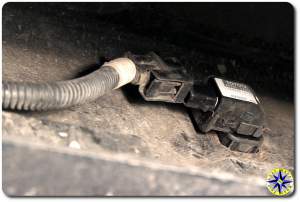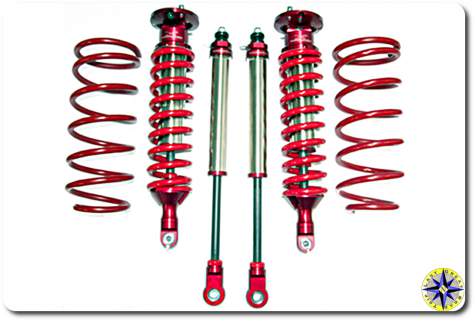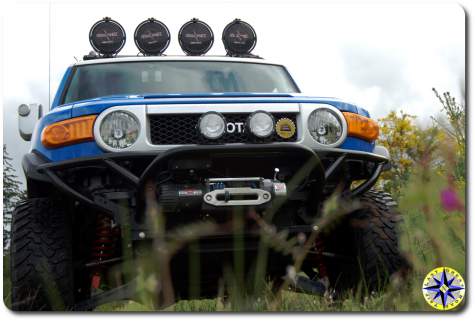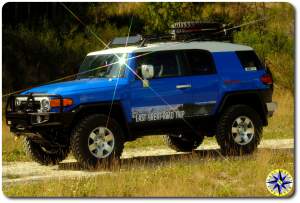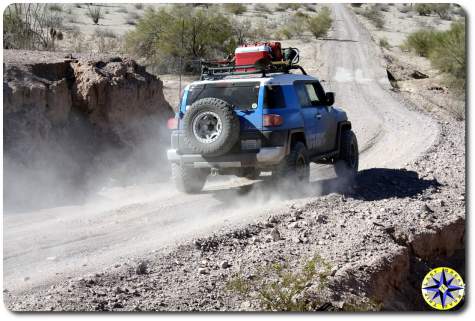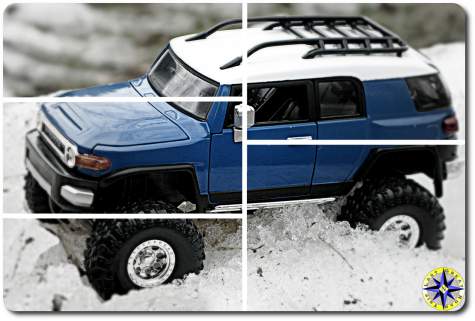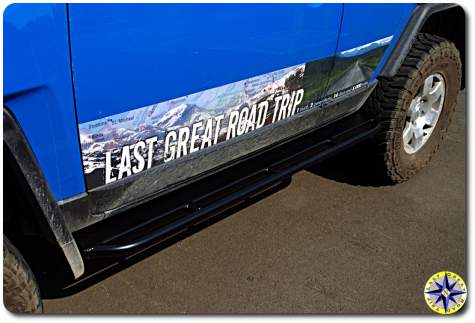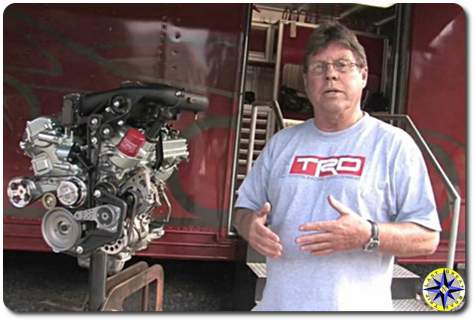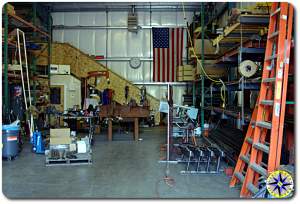 I always enjoy any opportunity to meet up with Mark and LT from Metal Tech 4×4 and this project brought me to their shop in Newberg, OR. These guys are a couple of the most knowledgeable guys in all things Toyota 4×4 and wheeling. What makes these guys special is their willingness to spend time teaching others how to wheel trails, talk about the differences in various years of the 80 series or explain the performance difference between ICON, Sway-A-Way and Old Man Emu suspension components. Mark and LT go out of their way to make sure you understand what you’re doing and feel good about your choice rather than just selling you what they have on the shelf.
I always enjoy any opportunity to meet up with Mark and LT from Metal Tech 4×4 and this project brought me to their shop in Newberg, OR. These guys are a couple of the most knowledgeable guys in all things Toyota 4×4 and wheeling. What makes these guys special is their willingness to spend time teaching others how to wheel trails, talk about the differences in various years of the 80 series or explain the performance difference between ICON, Sway-A-Way and Old Man Emu suspension components. Mark and LT go out of their way to make sure you understand what you’re doing and feel good about your choice rather than just selling you what they have on the shelf.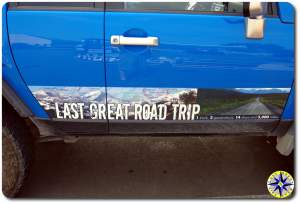
Off-road adventures involving difficult 4×4 trails takes a certain bit of acceptance that you will scratch, ding and possibly brake something. One way to minimize this possibility is to protect the most vulnerable points on your rig. On the FJ Cruiser, one of those vulnerabilities is the door sills which if set onto or slid across a bolder can result in an expensive repair. Protecting this area is achieved through the addition of “sliders”. Also known as “rock rails” or just “rails”, sliders bolt onto the frame of the FJ Cruiser and take the impact of a bolder, sliding across the rock rather than it bashing in the bottom of the door sill.
This means, now your sliders will take the brunt of the force and receive a significant impact. Not all sliders are created equally. In today’s market there are two groups of sliders. There is the group designed for show, which are made from thin walled steel or aluminum. While they can act as a step up, they will crumple under the weight when pressed between a bolder and the rig with both the slider and door sill being damaged. The other group is for serious wheeling, made of thicker high-grade steel, and reinforced at points that will be asked to take the brunt of the impact and support the weight of the rig.
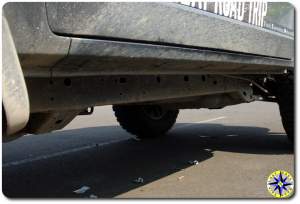 Metal Tech sliders fall into the serious wheeling category and are among the strongest on the market. These sliders have a hard core off-road design imbedded in their DNA. The sliders are laser cut and bent to match the lines of the FJ Cruiser, proving protection their entire length. These sliders are a fully enclosed box style, allowing a full length step for quick access to the top of the FJ Cruiser. Metal Tech maintains a high quality standard on everything about these sliders from being the only ones on the market that are powder coated inside and out, to the U.S. made, high alloy grade 10.9 metric bolts used to attach them to the frame.
Metal Tech sliders fall into the serious wheeling category and are among the strongest on the market. These sliders have a hard core off-road design imbedded in their DNA. The sliders are laser cut and bent to match the lines of the FJ Cruiser, proving protection their entire length. These sliders are a fully enclosed box style, allowing a full length step for quick access to the top of the FJ Cruiser. Metal Tech maintains a high quality standard on everything about these sliders from being the only ones on the market that are powder coated inside and out, to the U.S. made, high alloy grade 10.9 metric bolts used to attach them to the frame.
Thanks to Metal Tech’s on-site fabrication we had ours customized for our special needs. We asked the guys there to add a rub rail for additional protection and mount points that would allow us to clip in our team of sled dogs to the sliders when we come back from mushing snow covered mountain trails with our dogs. We also requested mount points for rock crawling lights that will illuminate the ground below for night time trail runs and making activities such as airing up or taking off snow chains a breeze in the dark.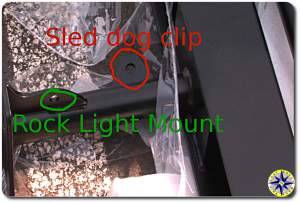
Installing sliders on the FJ Cruiser is one of the simpler mods any back yard mechanic can do. Toyota designed the box frame of the FJ Cruiser with eight mount points on each side, allowing sliders to bolt directly up. Installation is a matter of lifting the slider into place and hand tightening the bolts so you can ensure the slider is level and aligned. Once you have the slider where you want, torque down all eight bolts, rinse and repeat on the other side for a complete set of protection.
Although this is an easy mod, you will want a friend to help lift and hold the sliders in place while you hand tighten the bolts. They can also help gauge everything is aligned and level before you torque it down tight.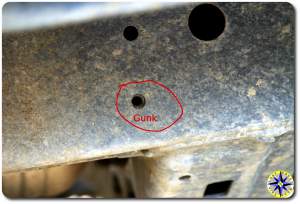
One cautionary note: The nuts you are screwing the bolts into are tack welded to the inside of the enclosed frame. You don’t want to brake the tack weld by misalignment of the bolt and twisting hard only to have the nut free fall into the box frame. It is a good idea to clean out the gunk that may have built up in the threads and spray a little WD40 before you line up everything and ensure the bolts go in straight and smooth.
With everything bolted up we were good to go knowing the Metal Tech sliders will carry the weight of the rig over boulders and protect our door sills from things that go bump on the trail.
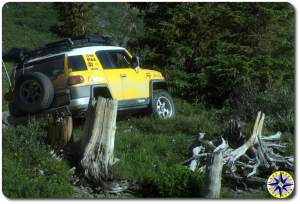 If you read this website and well you must or you wouldn’t be here…. You know I believe the Toyota FJ Cruiser is a great rig for the type of off-road adventures we do. We take the rig on off-road adventures, across Alaska tundra, through Baja desert, over tough Rubicon 4×4 trails and explore just about any two track that looks interesting. And while I will tell you it is a great rig, who am I!
If you read this website and well you must or you wouldn’t be here…. You know I believe the Toyota FJ Cruiser is a great rig for the type of off-road adventures we do. We take the rig on off-road adventures, across Alaska tundra, through Baja desert, over tough Rubicon 4×4 trails and explore just about any two track that looks interesting. And while I will tell you it is a great rig, who am I!
